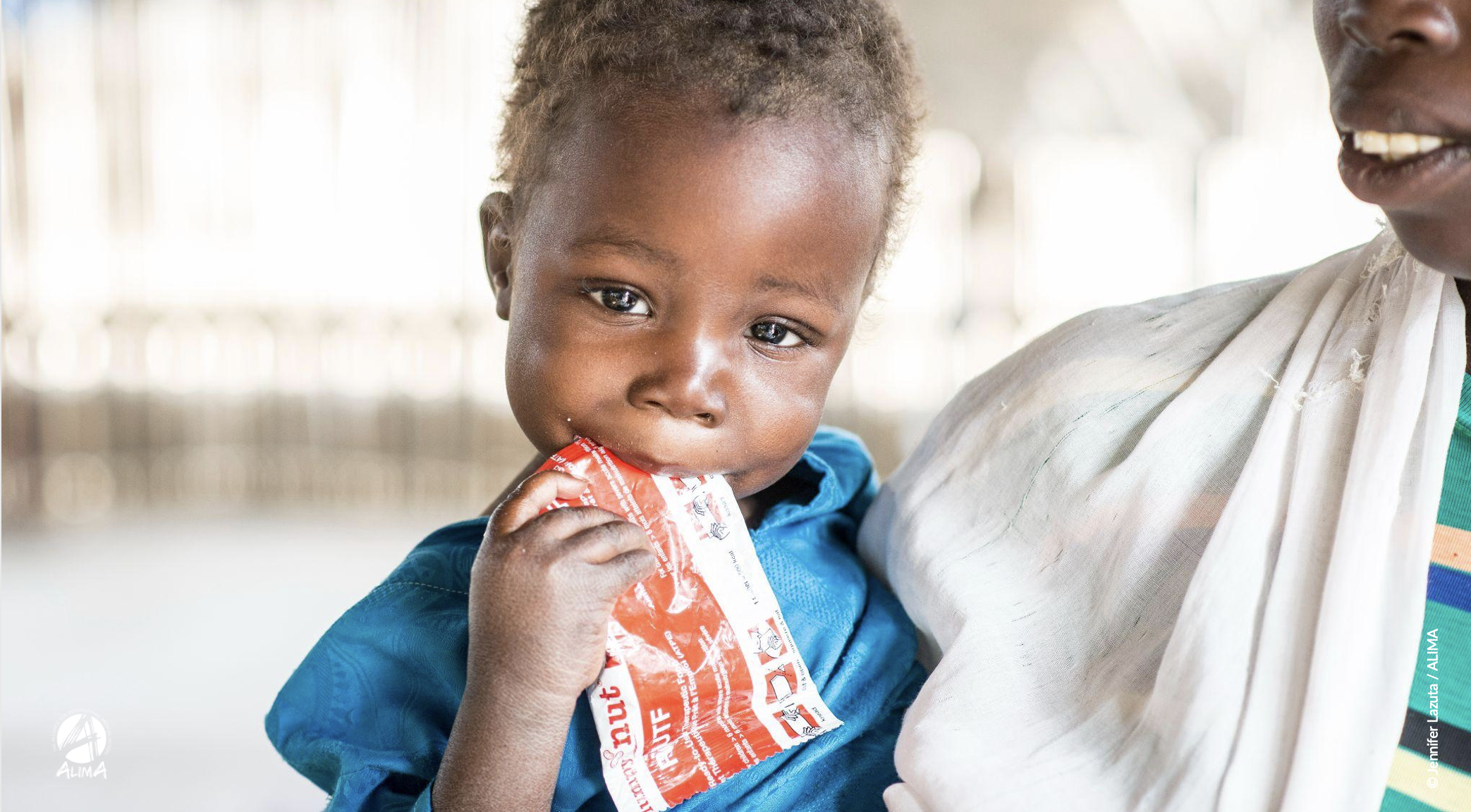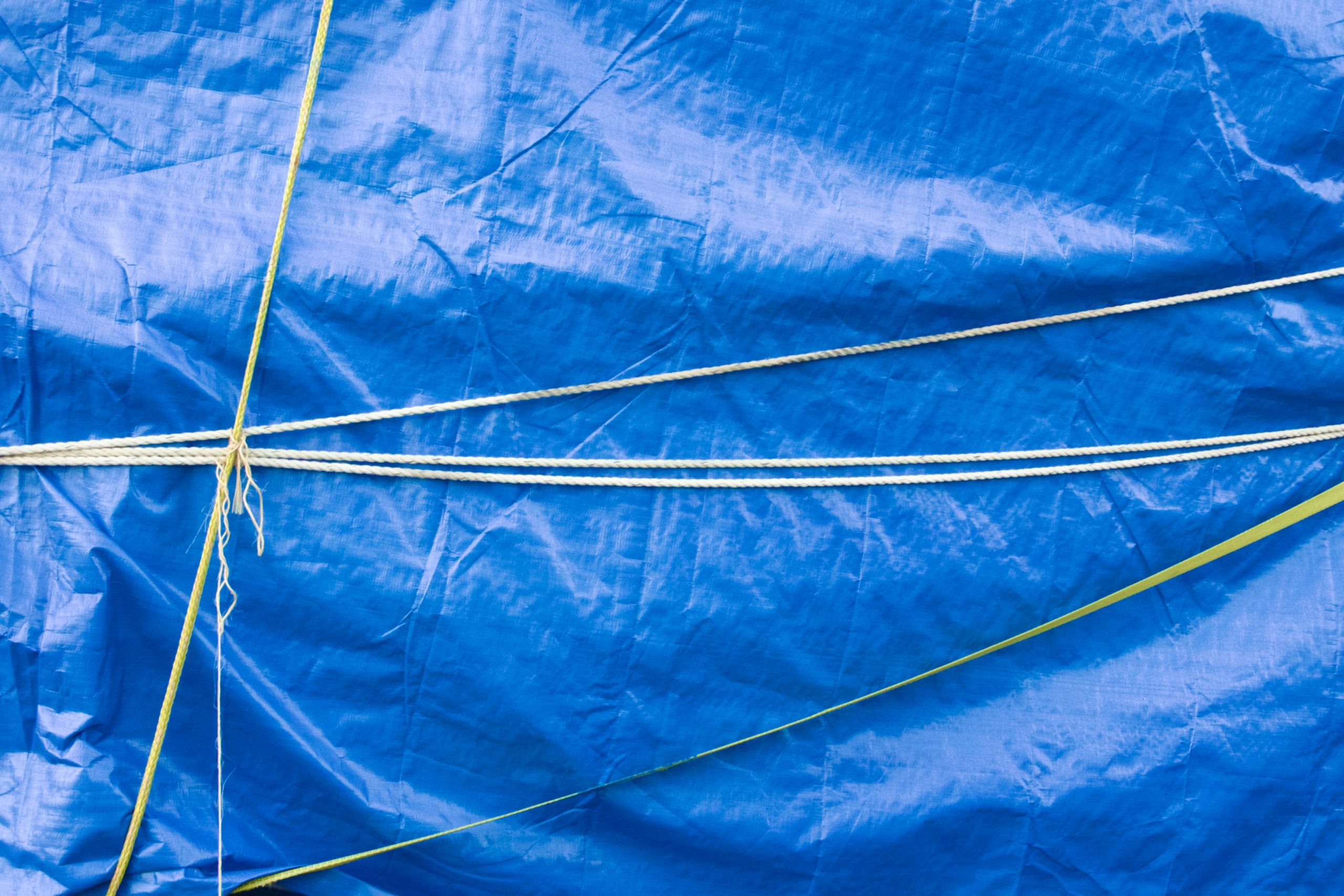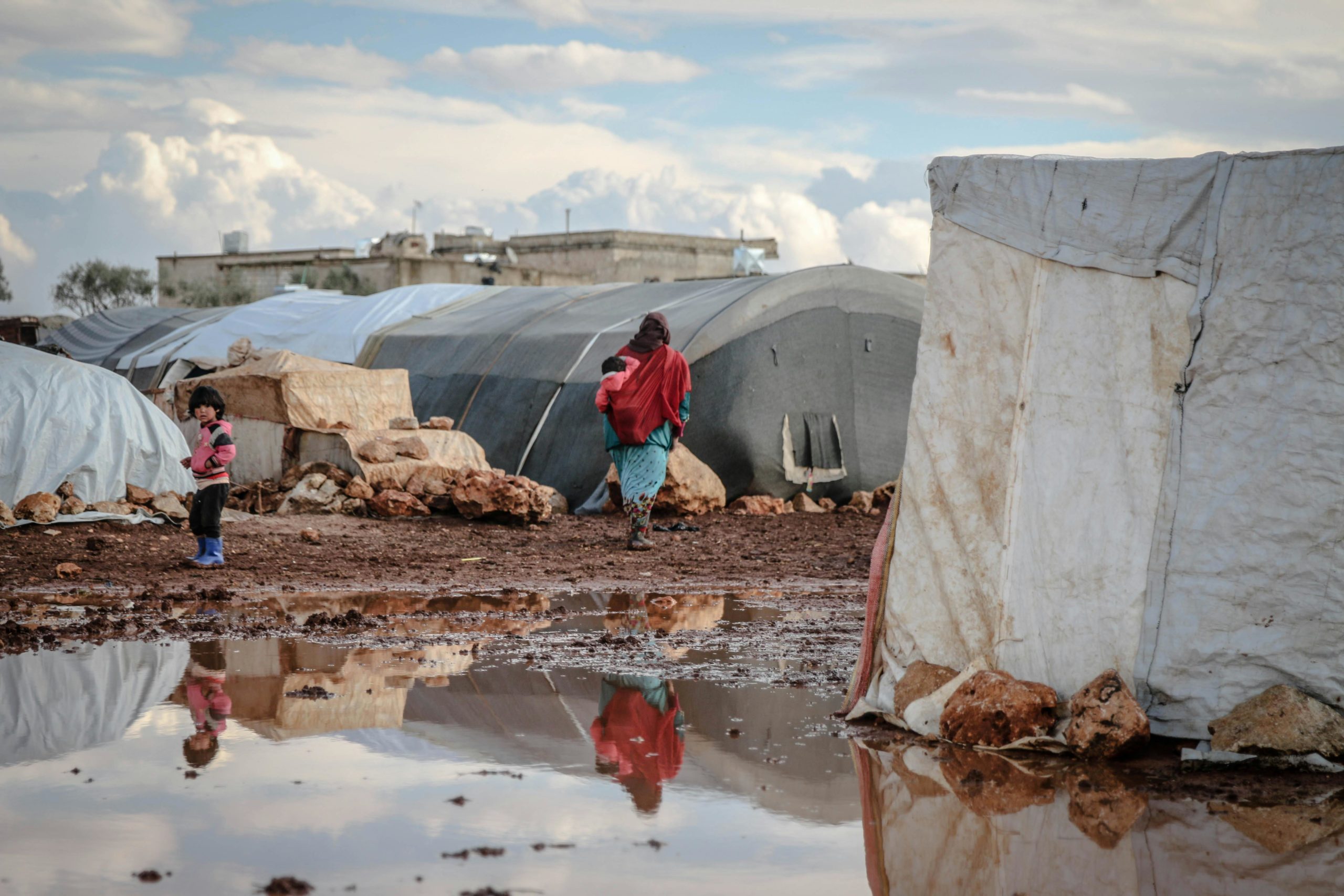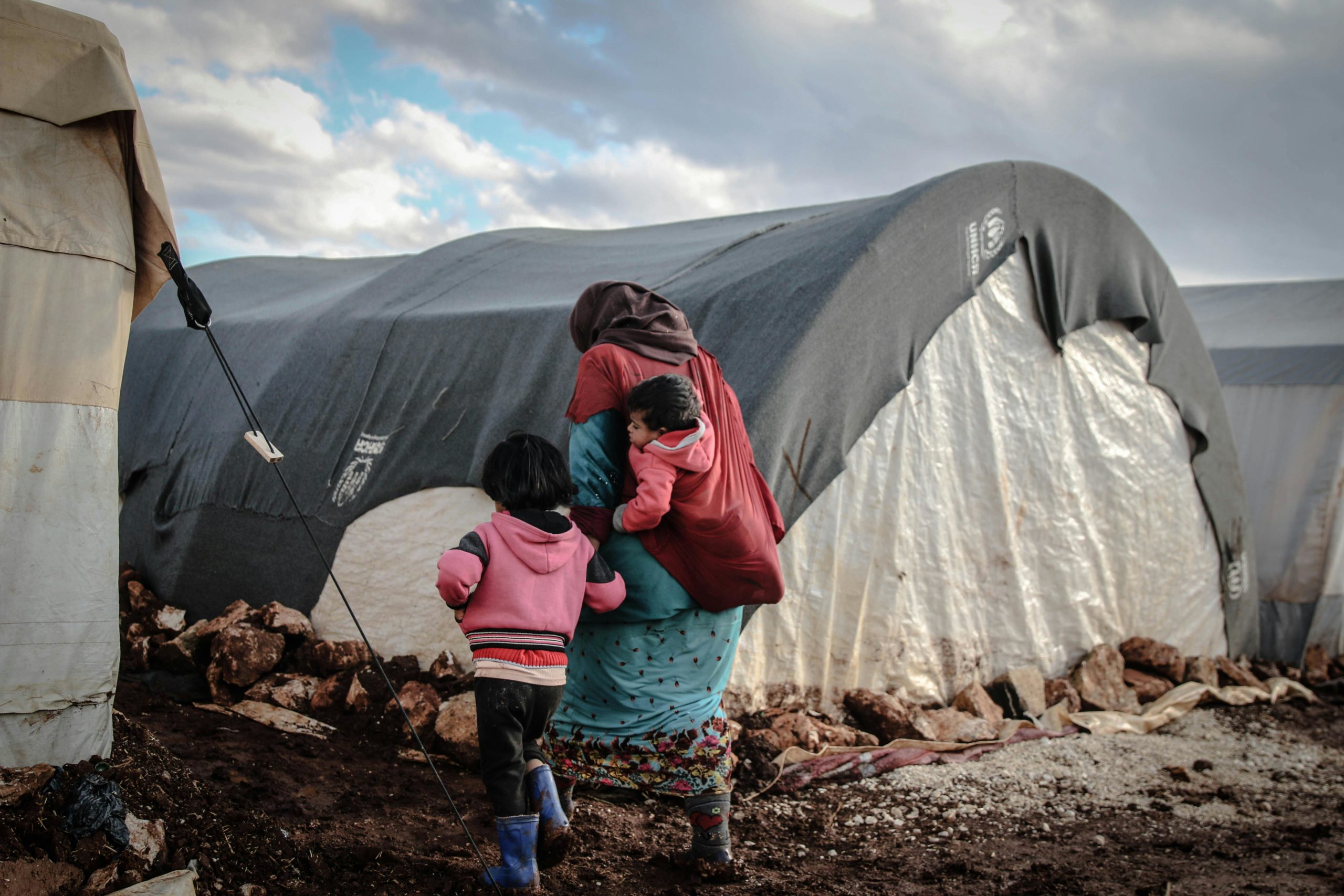PLASTIK project
Humanitarian medical workers make extensive use of medicines and medical equipment contained in plastic packaging, including sachets containing Ready-to-Use Therapeutic Food (RUTF), and individual sachets for dispensing medicines. Both types of sachets are made for single use, i.e. they are thrown away immediately after use.
These items, distributed in large quantities, represent a very large volume of plastic: 900 million sachets of Plumpy’Nut RUTF are manufactured and distributed each year by Nutriset.
The PLASTIK project we co-developed with ALIMA has helped prevent the dumping of 3 tonnes of plastic and aluminium waste. It also provided an opportunity to test and share innovative solutions for reducing medical and nutritional packaging waste, while raising crucial questions about the long-term viability and sustainability of the solutions envisaged in humanitarian interventions.
The project is being carried out in 12 nutrition centres supported by ALIMA. Six packaging collection sites were established in Ouagadougou, Burkina Faso, and six in N’djamena, Chad. Mothers of children with severe acute malnutrition are encouraged to return empty sachets at the health centre when the next ration is collected. Empty sachets are collected in the health centres and stored temporarily. The sachets are then regularly transported in plastic bags to a central stock.
Image 1

Accelerating the reduction of the environmental impact of humanitarian action
Emissions from procurement of goods and services account for almost 50% of the sector-wide carbon footprint. For individual humanitarian organisations, this share can go up to 75%. Given the importance of tackling procurement-related emissions, it is key to focus efforts on top items as well as the most relevant decarbonisation levers.
This joint project by Climate Action Accelerator, ICRC and EPFL provides a comprehensive emission reduction action plan, consisting of:
- A streamlined LCA methodology, simplified and adapted to humanitarian contexts covering impacts in terms of GHG emissions and other environmental impacts such as biodiversity.
- Life cycle assessments and subsequent establishment of emission factors and other environmental impacts for 13 key items of the international aid sector, identified through sector engagement.
- Implementation strategies for the selected items with analysis on the potential reduction through optimisation of the product value chain or substitution of products.
- An open-source database of emission factors, which will integrate emission factors from existing databases (HCC, ADEME, DEFRA, etc.) that are the most suitable for humanitarian contexts, as well as the newly identified ones, for purposes of creating standards across the sector.
- Training material on the LCA streamlined methodology and 17 environmental data formulation.
Learn more
Image 2

A common methodology to measure emissions from cash and voucher assistance (CVA)
The Climate Action Accelerator is currently working on a project aimed at better understand the carbon profile of CVA and at proposing a common methodology for estimating, monitoring and reporting associated carbon emissions in the humanitarian sector.
Learn moreImage 3

Featured
Accelerating the reduction of the environmental impact of humanitarian action

A common methodology to measure emissions from cash and voucher assistance (CVA)

Credits
Cover photo: Ahmed Akacha/Pexels
